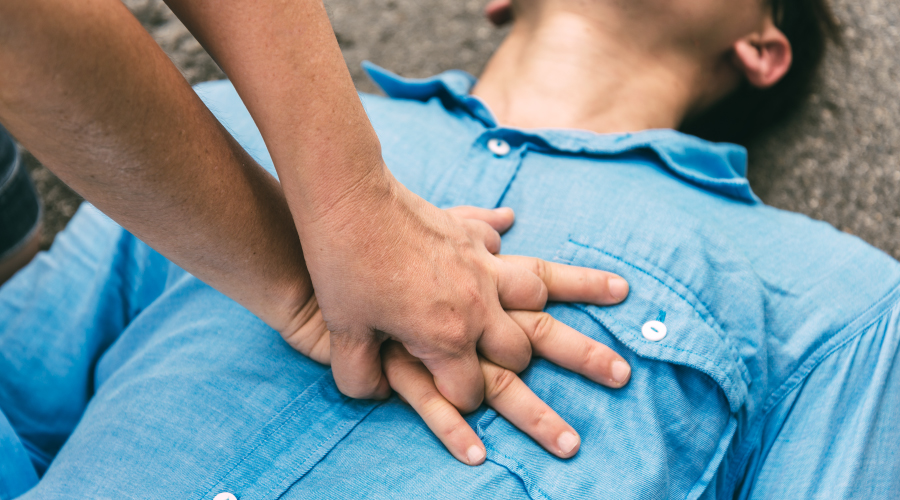

Cardiopulmonary resuscitation is an emergency procedure that can help save the life of a person especially when he/she has a cardiac arrest when the heart stops beating suddenly. Whether you are at home, at work or in a public place, it is important to know how to do CPR so that you can be in a position to act fast when someone’s heart is no longer beating. This article gives an overview of CPR, describes the basic procedures and stresses on its significance.
Introduction of CPR
Not many might be knowing that CPR full form is cardiopulmonary resuscitation. It is an emergency procedure that involves chest compressions and artificial airway management. It is used to keep circulation and oxygenation going during a cardiac arrest. CPR helps maintain blood and oxygen supply to the vital organs and can help save lives until professional assistance arrives.
Importance of Cardiopulmonary Resuscitation
Knowledge and practice of cardiopulmonary resuscitation is important because they can increase the survival rate of a cardiac arrest patient by two or three folds. Cardiac arrest is a condition in which the heart ceases to pump blood to the rest of the body. Failure to seek medical attention, brain damage and death may result from the situation within the shortest time possible. Cardiopulmonary resuscitation helps circulate blood to the brain and heart, which in turn raises the likelihood of the patient’s survival.
Cardiopulmonary Resuscitation Steps
Here are the key cardiopulmonary resuscitation steps :
Call for Help
- If the person does not respond, then dial the emergency services or ask someone else to do it.
- If possible, get an Automated External Defibrillator (AED).
Open the Airway
- Place the person on his/her back on a firm surface.
- He/she should tilt his/her head back slightly and lift his/her chin to open the airway.
Check for Breathing
- Chest rise and fall, auscultation of breath sounds, and feeling breath on the cheek should not exceed 10 seconds.
- If the person is not breathing or is gasping, then start performing CPR.
Chest Compressions
- Put the palm of one hand on the centre of the chest and place the other hand on top of the first one, joining the fingers.
- Place your body weight on your arms and push down at least 2 inches deep at a rate of 100-120 compressions per minute.
- Let the chest come to its original position before delivering the next round of chest compressions.
Rescue Breaths
- After 30 chest compressions, if trained to provide rescue breaths, provide two breaths for the adult.
- Close the person’s nostrils with your fingers, inhale normally, seal your lips over theirs, and blow until you see their chest expand.
If the chest does not rise, then tilt the head back and attempt to do so again.
Continue CPR
- Repeat the cycle of 30 chest compressions and 2 ventilations until the person starts breathing or moving or until the arrival of professional help.
By following the cardiopulmonary resuscitation steps (CPR full form) you can contribute to saving the life of the person.
Tips for Effective CPR
To perform CPR efficiently and actively you need to keep the following things in mind:
- Stay Calm: Stress is one of the biggest enemies of CPR because it will make it difficult for you to do the right thing. Breathe and concentrate on the steps.
- Proper Technique: Make sure your hands are in the correct position and push down on the chest with your body weight.
- Minimal Interruptions: Minimise interruptions to chest compressions because continuous chest compressions are crucial for the circulation of blood.
Conclusion
CPR full form is cardiopulmonary resuscitation. It is a valuable skill that can be used to save people’s lives and is something that everyone should know. Thus, knowing the cardiopulmonary resuscitation steps, you will be ready to provide an immediate response in an emergency. Just think, your actions may be the one that will save the life of a patient who is going through a cardiac arrest. Regardless of whether you are a healthcare worker or a member of the public, it is always important to take the time to learn cardiopulmonary resuscitation as it is great for the lives of the people around you.




